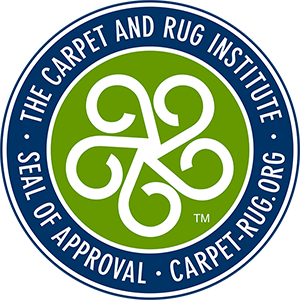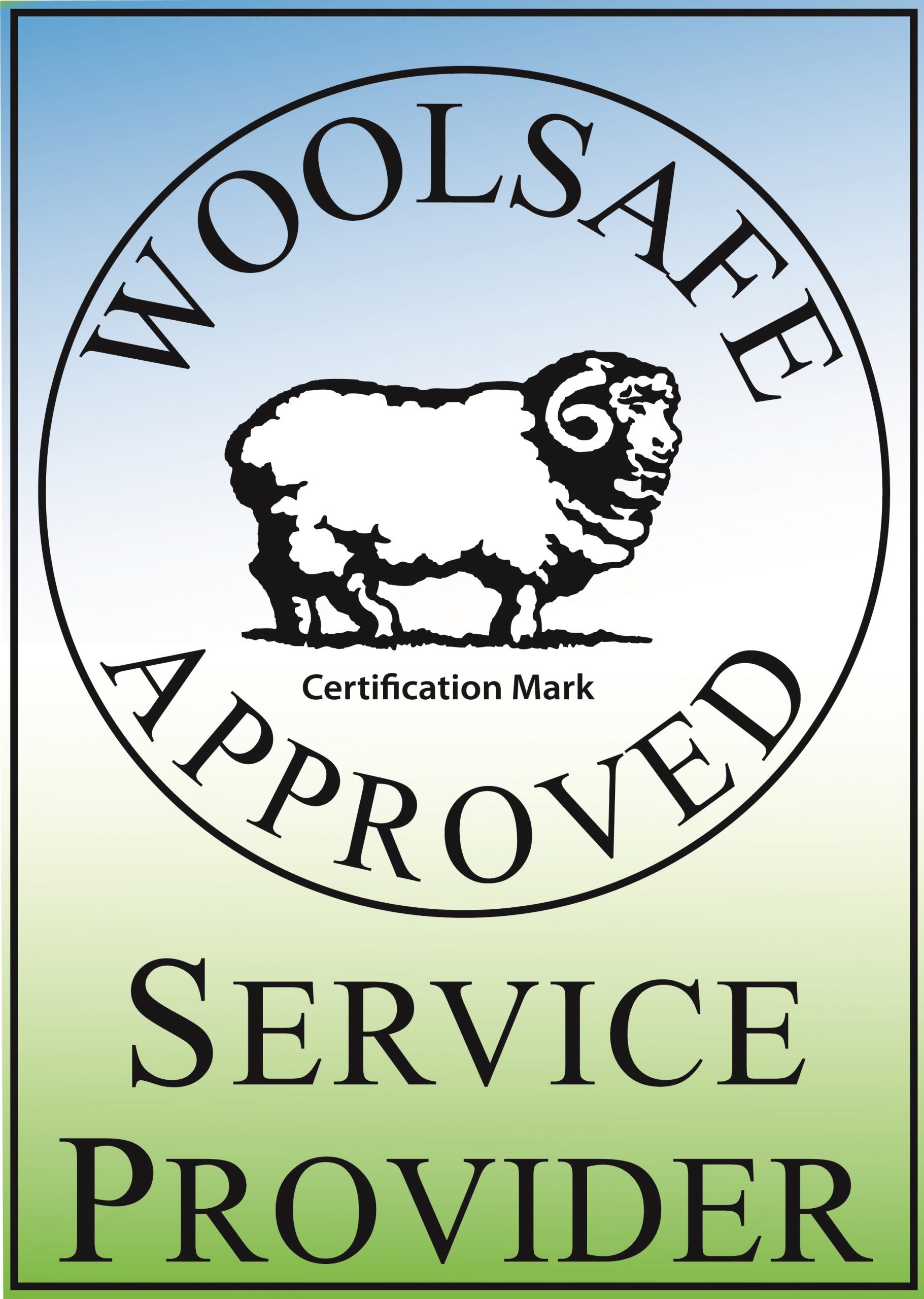We all love our cats and dogs, and it's great to know that when accidents happen all is not lost. Oriental Rug Salon has a thoroughly exhaustive pet response process that is extremely effective at removing pet urine and odor from Oriental rugs as well as feces, vomit and other biological matter. Upon receipt of your cherished area rug, our rug master will perform a thorough inspection with Xenon lighting to determine the best way to clean and treat it. Usually, this inspection process will require pre-cleaning of the entire rug and then treatment with live enzymes in a submersion pit. In our full submersion bath, the area rug is soaked with a combination of chemistries designed to dissolve urine salts. At the same time, we release bio-enzymes that digest [...]
Oriental area rug on “sale” certainly sounds like an attractive proposition. After all, who wouldn’t want a beautiful oriental carpet, like that on carpet stores Melbourne, in his or her living room? It’s an ideal addition to make a room more comfortable while adding a touch of class. Despite the temptation to take up the “Oriental rug on sale” offer, it’s a good idea to take a moment to think carefully about whether to make the purchase. That is because not all Oriental rugs are the same. Even a relatively untrained eye can spot the difference in quality between some area rugs. For example, just take a look at the above photo: It’s easy to spot the difference, right? There is clearly a huge gulf in quality between the [...]
Treating Spots on Wool, Silk, and Oriental Style Rugs Whether it is wine, coffee, Kool-Aid, urine, or food spills, the first step to protect your wool, silk or natural fiber area rug from permanent staining is to remove as much of the spill as possible - as soon as possible. Paper towels or white washcloth work well. Remember to BLOT – do not scrub. After blotting, many spills will require diluting. If after blotting, if there is still evidence of a spot, you should dilute the area with a mixture of 50% WHITE vinegar, 50% cold water and a few drops of liquid dish detergent. Apply mixture and massage with your fingertip or spoon. Don’t get the rug sopping wet unless you need to. Allow this mixture to stay on [...]
Moth Infestation on Wool Area Rug <Click on the above "Moth Infestation on Wool Area Rug" for our video> Beware! You could be harboring moths in your rugs right now! Even if you don't see them flying around. One day you may call to have your rugs picked up to be cleaned only to find out they are full of moth larvae and in desperate need of extensive and expensive repairs. How could this happen? You vacuum regularly, pick up food bits and sop up spills as quickly as possible. The answer is...There is a dark side to moth infestations (and carpet beetle destruction as well.) THE DARK SIDE TO MOTHS IN YOUR RUGS These insects love those dark areas we don't get to often enough such as the underside [...]
Wool area rug involved in water intrusion. Dry rot and mold present. When a flood or any water leak or spill happens, it is important to know what to do to save your valuables and, equally important, to do it as quickly as possible! Water or Flood damage is a major cause of mold and mildew growth. Mold and mildew will begin to develop within 24-36 hours of any water exposure in the home, including leaks, sewage back-up, overflows, etc. Mold and mildew will continue to grow until the source of the moisture are dealt with. Mold is a real health hazard. Infants, children, immune-compromised patients, as well as pregnant women, the elderly, and those with existing respiratory conditions are at a high risk for adverse health effects. If you [...]
Oriental rugs create an atmosphere of upscale beauty, artistry, and elegance in your home that can't be achieved with the average rug. Although these rugs set a high aesthetic standard, they also require a high standard of maintenance. If you have been looking for ways to better maintain your Oriental rug, please view our video and consider the following helpful tips: Rotate regularly Although some “experts” claim that you only need to rotate your rug every one to two years, it is usually best to shoot for rotating every four to six months, if the rug is located in a high traffic area. Doing so will allow for more evenly distributed wear, which will give your rug a more uniform look that will help maintain both appearance and value. [...]
Want to add a little color and intrigue to a bare wall? Try hanging an Oriental rug from it. Anyone can hang a picture, or paint a “feature wall” in a room, but by adding a unique Oriental rug, you’ll not only dress up the room, but you’ll also have a conversation starter and a centerpiece your friends and family will not soon forget. Many art dealers and collectors are choosing not to lay their beautiful area rugs on the floor and are proudly showcasing them by hanging their rugs next to expensive art. In addition to showcasing a beautiful piece of “art”, you are also preserving it by protecting the area rug from foot traffic. Preparing a rug for wall hanging can be as simple as purchasing rug clamps [...]
Daily we receive dozens of telephone calls from clients, insurance, and restoration companies as well as contractors and vendors asking about cleaning or repair services for their “hand-made” rug. Oftentimes people identify “hand-knotted” area rugs when speaking of “tufted rugs” and vice versa. A Hand-tufted rug is not fully hand made. Instead, a person wields a mechanized tool that is used to shoot pieces of wool through a canvas backing where the wool strands are then glued. This canvas backing most often has an outline drawn upon it that the wielder fills in. While hand-tufted rugs have a handmade look, they do not retain the pedigree of a hand-knotted one. For example, area rugs that are hand knotted may take 6-12 months or longer to make while a hand-tufted area [...]
Your Oriental Rug Is Worth Saving Image, waking up in the morning only to discover your floor covered in 2-3 inches of water due to a pipe break, sewage overflow, or other water intrusions. Horror starts to set in as you realize your cherished wool or silk area rugs are soaked in water with the potential of dye migration. What do you do? In most instances, homeowners call their insurance agencies or water restoration company and the task begins to restore their home to normal; but what happens to the Oriental area rugs? In many instances, the water restoration company does not have the expertise to restore Oriental area rugs and the insurance adjuster simply wants to write them off at a low-ball price. Dealing with area rug insurance claims [...]
Anatomy of A Hand Knotted Rug Please visit our short video as to why you should NEVER hire a carpet cleaning company to clean your beautiful wool or silk area rug: https://orientalrugsalon.com/videos/never-let-carpet-cleaner-clean-rugs-home/ If your home features hand-knotted area rugs, such as Persian or Oriental rugs, and regular wall to wall carpeting, you should never clean your area rugs like you would your floor carpeting. And Here’s why: The wall-to-wall carpet in your home is typically manufactured on a machine that uses synthetic material to produce 15 feet of carpet per minute. The carpet’s primary components are a face fiber held in place with latex adhesive and a plastic backing material. Nylon and other wall-to-wall carpeting is ideally cleaned using hot water (steam cleaning) and a carpet cleaning detergent. If [...]



